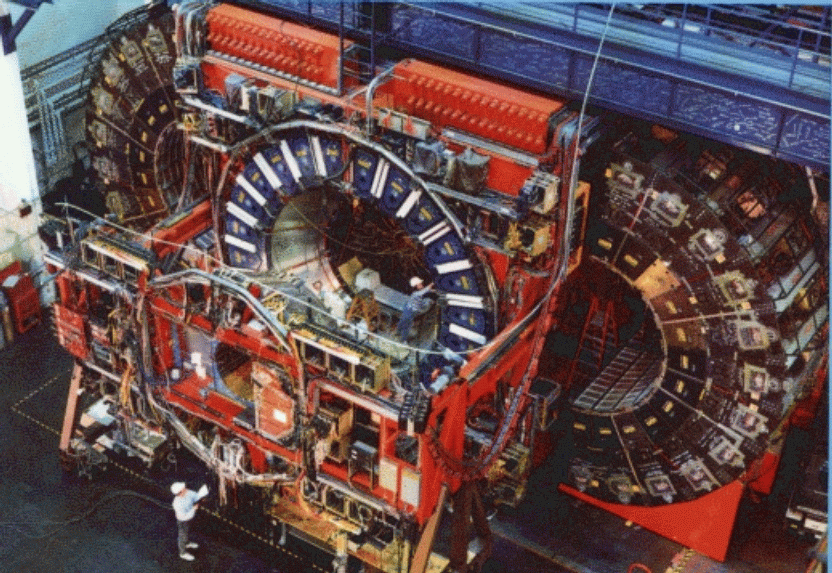


|
If you're interested in particle physics, the website of the Fermi National Accelerator Laboratory is the place to go. Fermilab--named after the physicist Enrico Fermi--is a high-energy physics laboratory in Batavia, Illinois, operated by Universities Research Association, Inc., under contract with the U.S. Department of Energy. Fermilab is the home of the Tevatron, the world's most powerful particle accelerator. In early 1995, the physicists at Fermilab announced the discovery of the elusive top quark. This subatomic particle is one of six types of quarks, which are believed to be the smallest units of matter. Using the Tevatron, scientists had accelerated 10 billion protons to nearly the speed of light and smashed them into anti-protons traveling in the opposite direction. After observing billions of these collisions, they finally managed to prove the existence of the top quark.
Fermilab's website is an excellent introduction to the science of high-energy physics: the site takes visitors on a virtual tour of the laboratory and features an online tutorial, using photographs, charts and essays. Users may find information on the discovery of the top quark, on the lab's divisions and sections--such as the accelerator and the computing division--and on Fermilab experiments and projects. Among the experiments visitors are invited to browse is the Collider Detector at Fermilab (CDF). This area of the site features CDF physics results--preprints, conference proceedings, and new results--and the 1995 WWW updates of the reviews, tables, plots and major notes from the "Particle Listings," as well as the Particle Listings themselves. What makes Fermilab's site resonate beyond its fascinating subject matter, is that it reflects on the Web as a tool--on the way technology is used to process information, to accelerate its distribution and to let informations collide.
These parallels are used as a premise by Trevor Blackwell's "Information Supercollider"--which received a "Honarary Mention" from Prix Ars Electronica '96. Blackwell's "Web Collider" basically is a large HTML database which allows you to generate "collided" pages by clicking a button: a program grabs several random runs of text from the database and intersperses random pictures. Visitors to the "Web Collider" page find an image of Fermilab's CDF with the following explanation:
|